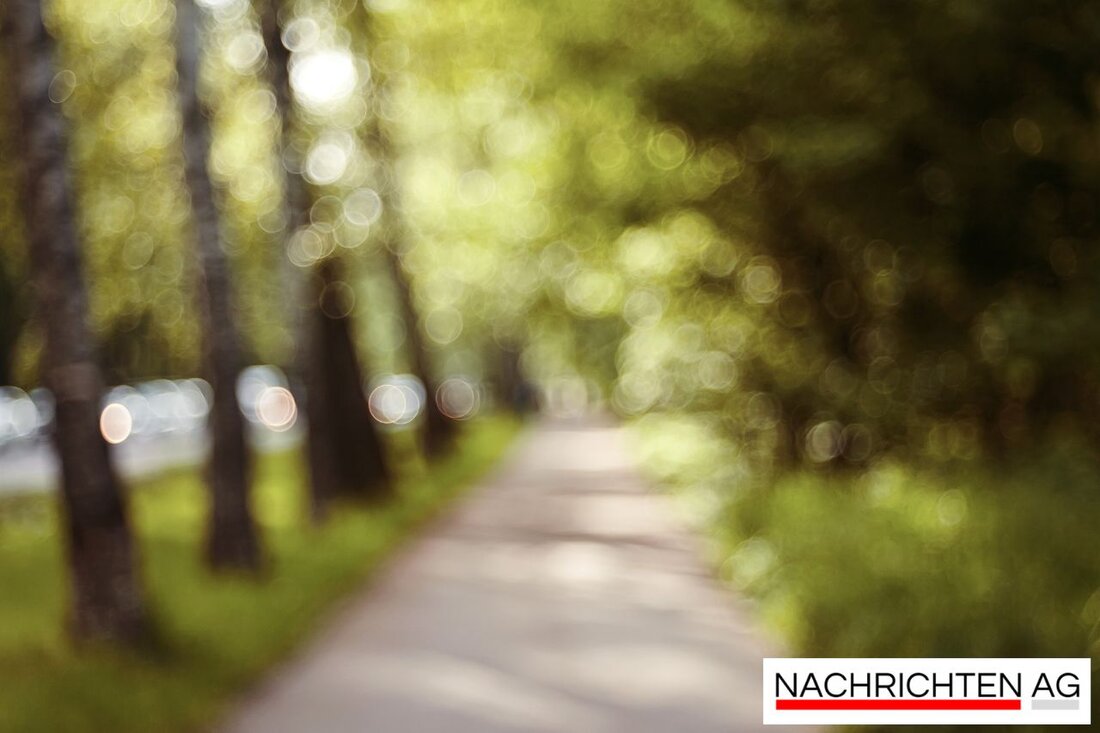Berlin in transition: beautification or loss of iconic landmarks?
Berlin will experience significant changes on October 4th, 2025: skyscrapers at Alexanderplatz, new design concepts for landmarks and urban space.

Berlin in transition: beautification or loss of iconic landmarks?
There is currently a lot of work being done on the urban infrastructure in Berlin. The focus is particularly on Alexanderplatz, where new skyscrapers are being built. These high-rises have already begun to obscure the view of the iconic TV tower from different perspectives, reigniting the discussion about Berlin's architecture and cityscape. Berlin newspaper reports that these developments will not only impact the skyline, but could also affect a number of other landmarks in Berlin.
A particularly striking example is the aluminum sculpture Molecule Man, created in 1999 by the American artist Jonathan Borofsky. This 30 meter high sculpture stands in the Spree and symbolizes the union of three figures, which, however, have no hands. Allianz AG, based nearby, commissioned the creation of this art, which was placed on the border of the districts of Treptow, Kreuzberg and Friedrichshain, once divided by the wall. Daily Art Magazine describes that the sculpture, through its numerous holes that are reminiscent of molecules, conveys a lightness on the one hand and, on the other hand, embodies themes such as unity and modernity.
Urban development challenges
Parallel to the construction projects at Alexanderplatz and the discussion about Molecule Man is the redesign of the Spreedreieck, a dreary-looking building that is visible from Friedrichstrasse and the S-Bahn. With its dark appearance it has been compared to a sushi table runner placed upright. The proposals for the redesign include, among other things, greening the facade with climbing plants in order to loosen up the cityscape and make it more inviting, as in the Berlin newspaper can be read.
Other important places that are also included in the discussion about redesign are Checkpoint Charlie, another symbol of German reunification, which appears neglected in the current design, and the Gendarmenmarkt, whose renovation work took place from October 2022 to the beginning of 2023 and which now appears gray and unattractive. The memorial urgently needs tree and bush restoration to revitalize the space and breathe new life into it.
Art in public spaces
Art in public spaces not only addresses these urban development challenges, but also the social aspects of urban life in Berlin. The initiative promotes public discussion about historical and architectural aspects of urban space and attempts to provide new perspectives on the surrounding area. Art in urban space creates forums in which socially relevant topics can be reflected and discussed. Berlin's democratic self-image promotes free access to art projects.
Overall, these developments show that Berlin is in constant change. Historical landmarks and new building projects engage in an exciting dialogue that explores not only architectural but also cultural dimensions. Whether through the redesign of squares or through significant sculpture, the urban landscape remains a dynamic place where history and modernity are intertwined.

 Suche
Suche
 Mein Konto
Mein Konto
